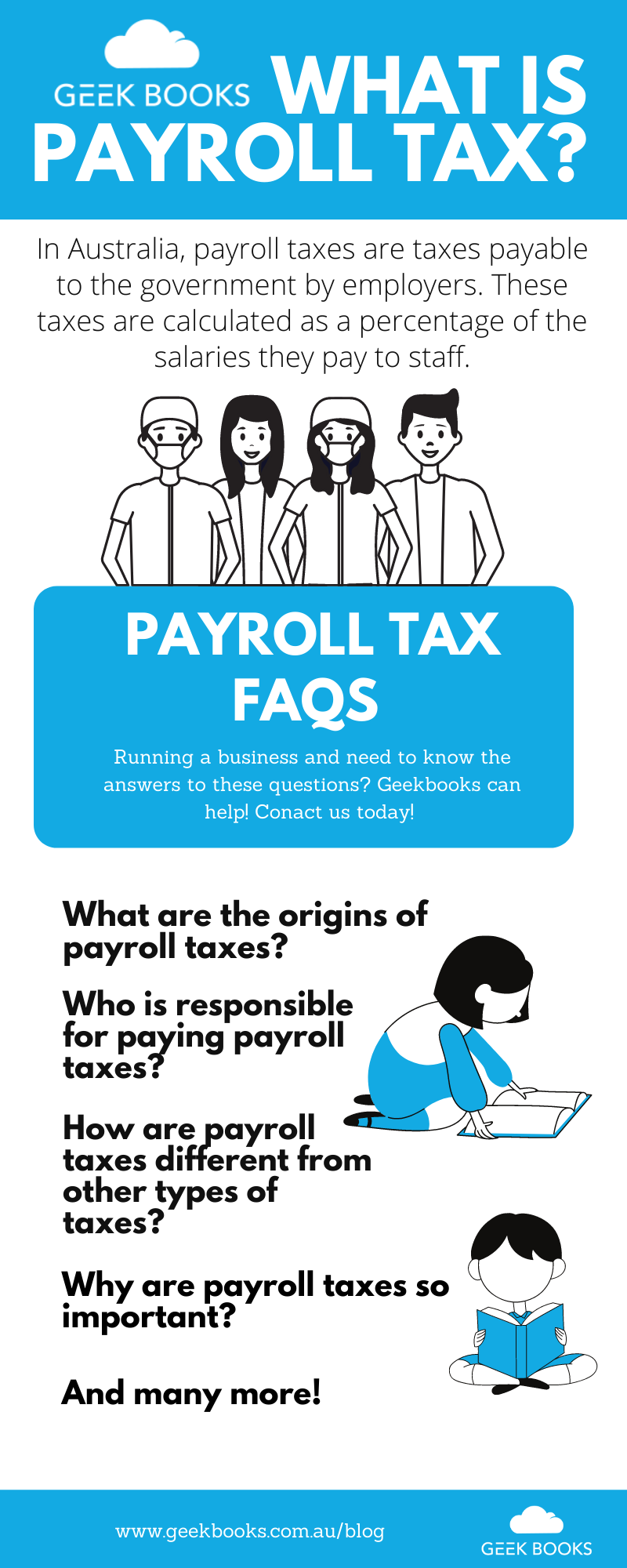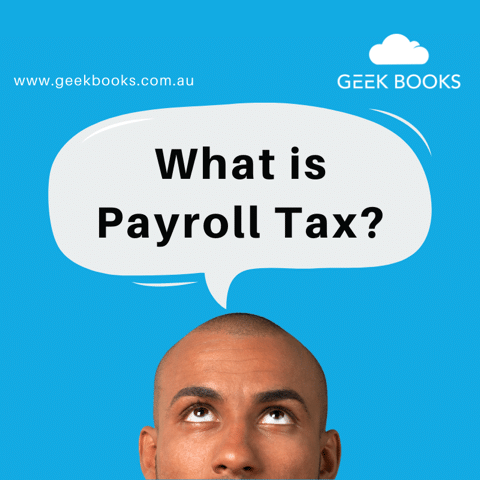If you own or run an Australian business, you’re probably familiar with payroll tax. You know the one—it’s that big chunk of money you need to withhold from your employee’s wages each year.
If you’re new to the business world, understanding what payroll taxes are—and whether or not you need to pay them—can be challenging.
In this article, we’ll take the trouble out of payroll tax by explaining what it is, why it’s important, and answering some common questions.
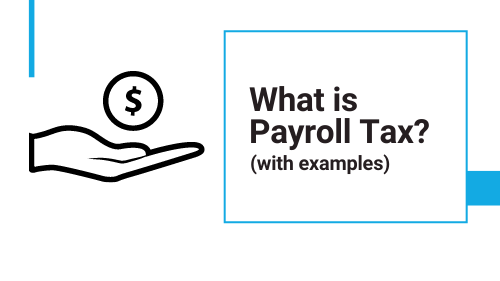
What is payroll tax? (with examples)
In Australia, payroll taxes are taxes payable to the government by employers. Usually, an employer will calculate these taxes as a percentage of the salaries they pay to staff.
Payroll tax is self-assessed, which means employers must determine whether or not they need to register. If you are required to pay payroll tax, you must submit an application via the appropriate revenue office, lodge regular returns, and undertake an Annual Reconciliation at the end of every financial year.
The payroll tax rates and thresholds change depending on the Australian state or territory you conduct business in.
Here’s a quick rundown of the state and territory-based annual thresholds for payroll taxes 2022:
– New South Wales, $ 1.2 Million
– Queensland, $1.3 Million
– South Australia, $ 1.5 Million
– ACT, $2 Million
– Victoria, $700k
– Western Australia, $1 Million
– Tasmania, $1.25 Million
– Northern Territory, $1.5 million
Across Australia, employers who exceed the tax-free threshold are liable to lodge their return and pay the payroll tax monthly.
If you pay too much payroll tax in a given financial year, your business will be entitled to a refund. However, if you pay too little payroll tax, your business must make up for any shortfall during the yearly reconciliation process.
To make sure you’re paying the right amount, it’s crucial to review your total group and individual estimates at the beginning of and throughout the year. This will help you ensure you’re paying the appropriate rate.
You might confuse payroll tax with pay-as-you-go or PAYG, which is another Australian system where employers withhold tax from an employee’s wages. There’s one major difference, however—payroll tax is mandated on the state or territory level, while PAYG is a federal scheme.
Remember, not all businesses need to pay payroll tax. You’ll only need to pay if your total wages exceed the tax-free threshold in your state or territory.
Why is it important?
Running a country, state, or territory is expensive! Like other taxes, the payroll tax helps to pay for public goods and services, infrastructure, and much more, ensuring a safe, comfortable lifestyle for Australian residents and maintaining a strong economy.
In particular, the payroll tax plays a key role in supporting state and territory-level costs, including health, public safety, law and order, education, and other public services. These costs differ depending on the needs of each state and territory, hence the non-uniform tax rates.
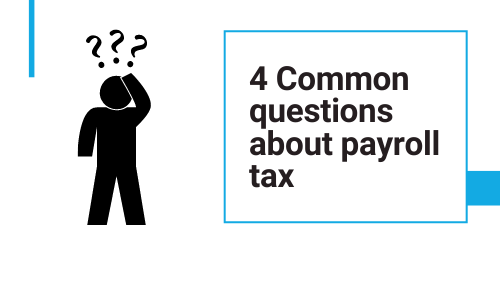
4 common questions about payroll tax
Here are some commonly asked questions about payroll tax, including where the idea of it came from, who is responsible for making the payments, and how it differs from other tax types.
1. What are the origins of payroll taxes?
In Australia, payroll tax has a long history. The first payroll tax—levied by the Commonwealth—was introduced in 1941 at a flat rate of 2.5%.
In 1971, the Commonwealth began to rely more significantly on Income Tax. As such, the benefits and responsibilities involved with payroll tax were designated to the territories and states.
Over time, payroll tax rates changed to appease the needs of each territory and state, bringing us to where we are today.
2. Who is responsible for paying payroll taxes?
Employers must pay payroll tax as long as they exceed the tax-free threshold for the state or territory in which they conduct business.
For example, if you own a manufacturing business in New South Wales—and your gross taxable wages exceed $1.2m for the 2020 financial year—you’ll need to pay a tax rate of 4.85%.
Whichever state or territory your employees work in will collect this tax.
Some employers may be eligible for payroll tax exemptions.
To check if you’re responsible for paying payroll taxes—and if you’re eligible for any exemptions—consult your local territory or state’s revenue office.
3. How are payroll taxes different from other types of taxes?
The taxes most Australians are familiar with—income tax and GST—are federal taxes paid on behalf of employees and consumers respectively.
Conversely, the payroll tax is paid to state or territory governments, and these governments have different constraints, rates, and exemptions.
4. Why are payroll taxes so important?
As we discussed above, the payroll tax is important for funding public services and infrastructure on the state or territory level. For example, in Western Australia, employers pay their payroll taxes into the Consolidated Fund of Western Australia. The state government uses this fund to pay for public services like health, public safety, law and order, and education.
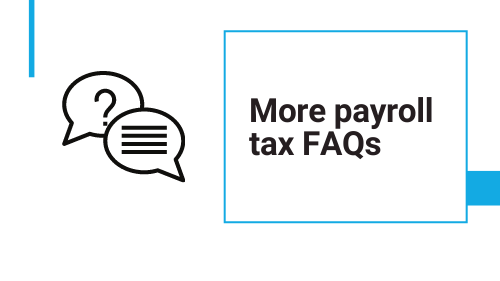
More payroll tax FAQs
If you have any more questions about payroll, you’ll find your answers here. In this section, we’ll cover what types of tax are considered payroll tax, the difference between payroll tax and income tax, and whether businesses need to pay tax on payroll.
We’ll also dive into why employers pay payroll taxes and how the process works—such as how you might withhold payroll taxes and submit them to your state or territory’s revenue office.
Finally, we’ll discuss federal income taxes and what the tax withholding process is all about.
What is considered payroll tax?
In Australia, the payroll tax is a general-purpose, self-assessed territory or state tax. The amount of tax paid is assessed on wages payable or paid by an employer to their employees.
All employers across Australia are liable for paying payroll tax as long as they surpass their state or territory’s designated tax-free threshold.
Keep in mind—we are discussing payroll taxes as they apply in Australia. Across the world, the definition of payroll tax differs slightly—although, as a general rule, it is any tax imposed on employees or employers that are calculated as a percentage of the salary or salaries an employer pays.
There are two types of payroll tax across the world. The first involves employers withholding tax from an employee’s wages, while the second involves employers paying out of their own funds. The second type of tax relates directly to employing workers. Payroll tax charges can be fixed or proportionate to an employee’s pay.
What is the difference between income tax and payroll tax?
Let’s discuss payroll tax vs income tax and what sets the two apart.
While income tax and payroll tax both involve employers withholding money from an employee’s wages and paying it to the government, there are a few distinct differences.
Payroll tax is a territory or state tax, while income tax is federal. State or territories have specific thresholds and exemptions for payroll tax, and these differ significantly from income tax thresholds.
For example, the annual payroll tax threshold in the Australian Capital Territory (ACT) is $2 million. The income tax-free threshold, however, is only $18,200 per year.
Income taxes are also calculated on an individual employee’s income, while payroll tax is calculated on an employer’s total wages paid or payable, which could include multiple employees.
Do you have to pay taxes on payroll?
You have to pay taxes on the payroll as long as you meet your state or territory’s specific requirements. State and territory governments set individual exemptions, requirements, and rates for payroll taxes, so it’s best to check with your local revenue office to find out if you’re liable to pay.
Across Australia, an employer will only pay taxes on payroll if their total wages paid or payable exceed the tax-free threshold and they are not exempt for any other reason.
For example, in Queensland, employers must register for and pay the payroll tax if their annual taxable wages exceed $1.3 million.
Why do employers pay payroll taxes?
You may be thinking, “What are payroll taxes used for, and why do employers have to pay them?”
Here’s a quick answer.
Legally, eligible employers must pay payroll taxes under state and territory government rules and regulations.
State and territory governments use these taxes to support essential services, including healthcare, education, and public safety.
If eligible employers avoid paying payroll tax Australia-wide, or pay an incorrect amount, their state or territory government may apply penalty taxes, reassess their liability, or conduct an audit.
How do I withhold payroll taxes?
For specific instructions on how to withhold payroll tax, we suggest getting in touch with your applicable state or territory’s revenue office.
However, here is a general run-down of how it’s done.
First, determine if you meet the threshold for paying payroll taxes. If so, you’ll need to register for the payroll tax.
You can register as an eligible employer via an online application. This is generally done through your state or territory’s revenue office website.
You’ll then need to estimate your appropriate payroll tax rate. You can generally do this online using a payroll tax calculator designed for use in your state or territory. The employer payroll taxes calculator will reflect your state’s tax-free threshold and rate requirements.
How does a company pay payroll taxes?
You’ll begin the payroll tax process by determining if your business exceeds the tax-free threshold. If so, you’ll then need to calculate the estimated tax rate you need to pay.
Once you have this rate, you are required to register as an employer via your state or territory government’s application process. This is usually done online.
During the registration process, you’ll need a range of information, including:
• Organisation details, such as your name, organisation type, and the nature of your business activity
• Estimated and actual wages
• Your organisation, business, or company’s bank account details
• Administrator details, such as their phone number, email address, and full name
These exact requirements may differ depending on your state or territory’s application requirements.
You will then need to make payments annually, quarterly, or monthly via a lodgement. You will usually receive an email or other form of contact from your state or territory’s revenue office when it’s time to lodge your return.
Submitting the payment itself is simple. Check your local revenue office for details, but in general, you can use a number of methods to submit your payment, including:
– Electronic Funds Transfer or ETF
– Direct debit
– BPAY
– Mail
– In-person at Australia Post
– Instalment plans
– Credit card
– Phone
Typically, credit card fees will apply for card payments.
Does your employer pay part of your federal income tax?
Yes, employers do pay part of their employee’s federal income taxes. If you are employed by an organisation, company, or business, this will generally take place as part of the PAYG or pay-as-you-go system.
Self-employed individuals can also register for the pay-as-you-go system, although it is not a legal requirement.
Generally, employers will withhold income tax on their employee’s behalf. Employers usually also need to withhold these amounts from payments made to contractors (if a voluntary agreement has been made) and businesses that haven’t quoted an ABN or Australian business number.
Employers must register for the PAYG withholding system before first making any payment subject to withholding. Even if the employer doesn’t withhold an amount, they must still register.
What does it mean to withhold payroll taxes?
Withholding payroll taxes means an employer holds back a certain amount of money from each employee’s paycheck in order to cover the required payroll taxes.
Withholding tax is generally deducted from wages, salaries, and dividends. Essentially, it is deducted from any income received.
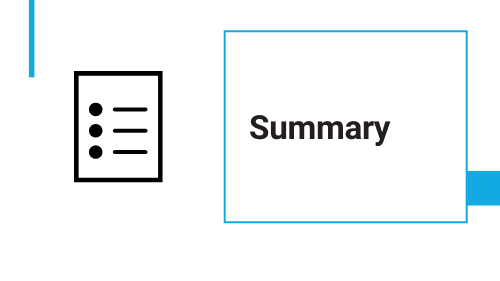
Summary
To summarise, the payroll tax is a self-assessed tax payable by employers across Australia. The tax rate and eligibility requirements differ depending on the state or territory your employees work in.
Across Australia, state and territory governments use payroll taxes to fund essential services and infrastructure, such as health and education.
To find out more about payroll tax and if it applies to you, get in touch with the team at GeekBooks. Our bookkeeping experts will gladly answer any questions you may have.
